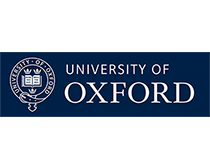A Mathematical Foundation for Computability in Physics
Summary
When can a model of a physical system be regarded as computable? The formal definition of a computable physical model provides one answer to this question. Students in this course will be introduced to the mathematical background for understanding computable physical models. The theoretical consequences of computable physical models will be explored, and various sorts of applications will be illustrated, including applications to deterministic systems, non-deterministic systems, discrete systems, and non-discrete continuous systems. The course will conclude with an overview of some mathematical techniques for studying computable physical models in more general topological spaces.
Preliminary Syllabus
- Physical Models and Dynamical Systems
- Computable Physical Models
- Discrete Motion
- Non-Discrete Continuous Motion
- Coarse-Graining
- Radioactive Decay
- Ensembles of Physical Models
- Incompatible Measurements
- The Accuracy of Measuring Instruments
- Isomorphism Theorems
- Oracles and Effective Topologies
- Basic Representations of Sets
- Basic Representations of Physical Models
- Data and Predictions
- Kreisel's Criterion
Meet the instructor
Matthew Szudzik is an Assistant Teaching Professor of Mathematics at Carnegie Mellon University. In addition, he served as a research assistant to Dr. Stephen Wolfram from 1998 to 2000. Matthew Szudzik holds a PhD in mathematical logic from Carnegie Mellon University, and a bachelor's degree in physics from the University of Michigan.
General Information
- Language: English
- Course starts: To be announced in 2017
- Course length:TBA
- Estimated effort:TBA







